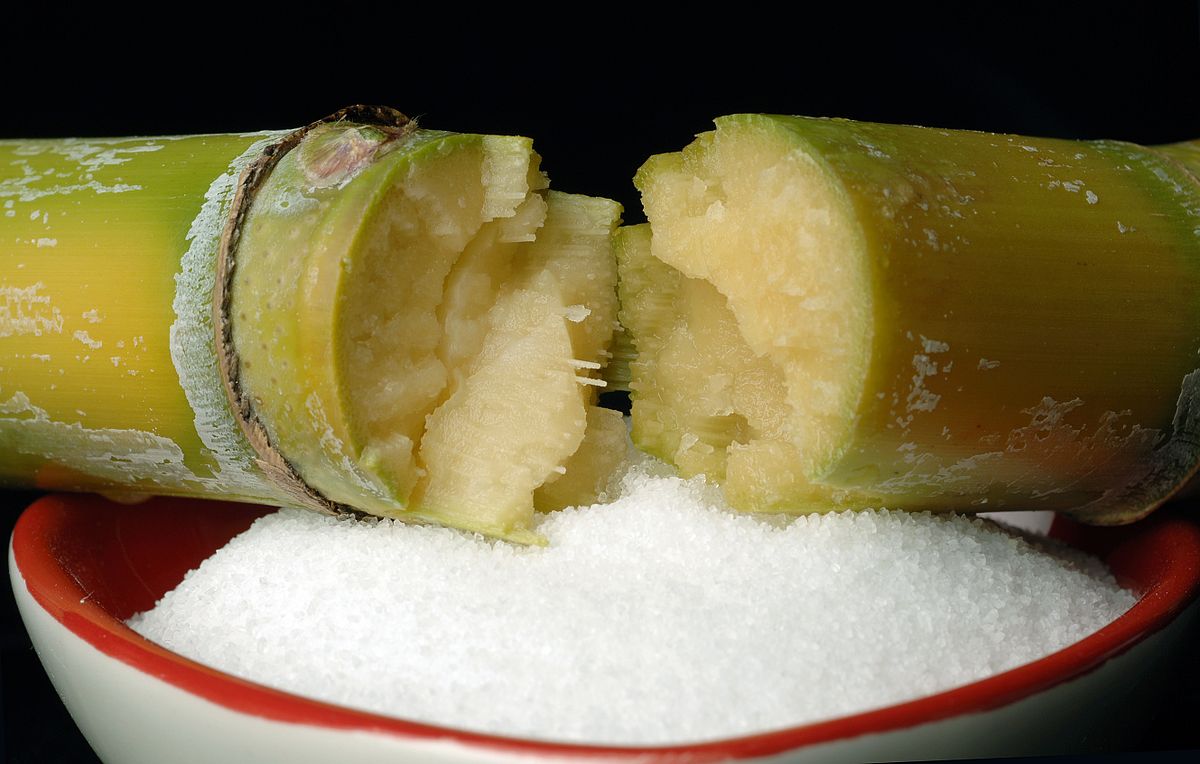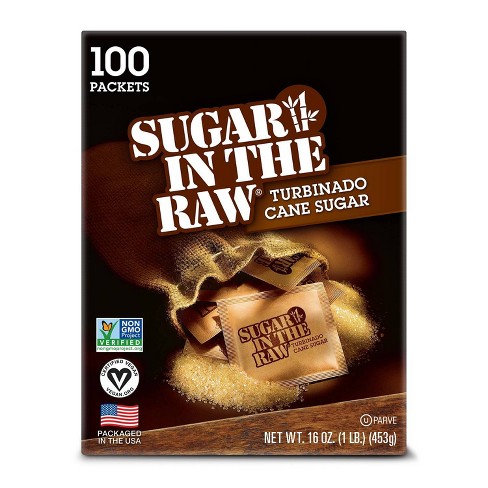Advanced Cane Sugar Processing: Enhancing Effectiveness and Sustainability
Advanced Cane Sugar Processing: Enhancing Effectiveness and Sustainability
Blog Article
Discovering the Comprehensive Steps Associated With Cane Sugar Handling From Collecting to Improvement
The process of walking stick sugar production encompasses a series of elaborate steps, beginning with the mindful harvesting of sugarcane and finishing in the refinement phases that ensure the last item fulfills sector criteria. Each stage, from the removal of juice to the filtration and crystallization processes, plays a vital function in determining the top quality and character of the sugar. Understanding these phases not only highlights the intricacy of sugar manufacturing however additionally increases critical questions regarding efficiency, sustainability, and technology in the sector. What implications do these aspects have for future methods?
Harvesting Sugarcane
Gathering sugarcane is an essential action in the walking stick sugar handling chain, as it straight affects the quality and yield of the end product. Correct timing and techniques are necessary during this phase to guarantee optimal sugar content and reduce losses. Commonly, sugarcane is collected when it gets to maturation, normally 12 to 18 months after growing, characterized by a high sucrose concentration.

Post-harvest, the sugarcane should be refined swiftly to protect against sucrose deterioration. Preferably, harvested walking stick needs to be moved to processing centers within 24 hours to protect sugar quality. As a result, effective logistical preparation is crucial to keep the honesty of the harvested plant throughout the supply chain.
Extraction Refine

The crushed cane is subjected to a collection of pushing procedures to optimize juice healing. Typically, hot water is splashed onto the smashed walking stick, producing a countercurrent flow that aids liquify the sugar while likewise aiding in the removal procedure. The juice gathered from this operation includes not only sugar yet additionally numerous natural substances and pollutants.

To enhance extraction efficiency, some centers may use diffusion techniques, where the sugarcane is soaked in warm water, permitting the soluble sugars to diffuse right into the fluid. The resulting juice, rich in sucrose, is then routed to subsequent handling stages, laying the foundation for purification and improvement. The extraction procedure is hence essential in identifying the top quality and yield of the last sugar item.
Purification Methods
The filtration methods employed in walking cane sugar handling are essential for changing the raw juice into a high-quality sugar item. These techniques primarily intend to remove pollutants, such as soil, plant products, and not natural substances, which can detrimentally affect the last product's taste and color.
This procedure entails adding lime and heat to the raw juice, which assists in the coagulation of impurities. Furthermore, the usage of phosphoric acid can improve the explanation process by more binding pollutants.
An additional considerable technique is carbonatation, where carbon dioxide is presented to the made clear juice. This reaction creates calcium carbonate, which records remaining pollutants and advertises their elimination.
Furthermore, triggered carbon treatment might be put on adsorb any staying colorants and natural impurities, making sure an extra polished product. The mix of these methods successfully prepares the sugar juice for succeeding action in the refining process, setting the stage for the production important link of high-quality walking stick sugar.
Condensation Approaches
After the purification phase, the following essential action in cane sugar handling includes formation techniques, which play a critical role in transforming the clarified juice into strong sugar. This procedure typically uses 2 primary approaches: spontaneous condensation and regulated formation.
In spontaneous formation, supersaturated sugar options are permitted to cool normally, leading to the formation of sugar crystals over time. This method allows for the consistent development of sugar crystals and greater pureness.
Throughout condensation, the made clear juice is concentrated with dissipation, enhancing its sugar material until it gets to supersaturation. When this factor is accomplished, either method can assist in the formation procedure. Cane Sugar Processing. The resultant sugar crystals are then separated from the remaining syrup with centrifugation
Ultimately, the selection of condensation method impacts the quality, size, and purity of the last sugar item, making this action essential in the overall walking cane sugar processing treatment.
Improvement and Product Packaging
How can the pureness and high quality of cane sugar be further improved after condensation? The improvement procedure plays an important function in achieving top notch walking cane sugar.
Following, the sugar undergoes a procedure called centrifugation, where it is rotated at high rates to divide the detoxified sugar Full Report crystals from the remaining liquid. After centrifugation, the sugar is usually additional refined through a method called carbonization or phosphatation, which utilizes activated carbon or phosphoric acid to eliminate color and off-flavors.
As soon as refined, the sugar is dried to achieve the desired moisture material, making certain that it remains stable throughout storage space and transport. The final step involves packaging the polished sugar in moisture-proof and airtight containers to maintain its quality and prevent contamination. Cane Sugar Processing. Appropriate product packaging not only extends life span yet also helps with very easy handling and distribution, making certain that customers receive sugar that satisfies the greatest requirements of pureness and quality
Final Thought
The comprehensive steps associated with cane sugar processing, from the thorough harvesting of sugarcane to the intricate improvement and packaging stages, emphasize the relevance of each phase in making sure top quality sugar manufacturing. Optimum harvesting techniques, effective removal methods, and extensive filtration processes collectively add to the end product's pureness and security. The crystallization and succeeding packaging practices better boost the stability and service life of the sugar, highlighting the intricacy and precision inherent in this crucial agricultural sector.
The procedure of cane sugar production incorporates a collection of elaborate actions, starting with the cautious harvesting of sugarcane and culminating in the refinement learn this here now phases that guarantee the final product satisfies market criteria. Preferably, gathered walking cane must be delivered to processing centers within 24 hours to maintain sugar top quality.In spontaneous condensation, supersaturated sugar options are allowed to cool down normally, leading to the development of sugar crystals over time - Cane Sugar Processing. The refinement process plays a crucial function in attaining high-grade walking cane sugar.The comprehensive steps included in walking stick sugar handling, from the precise harvesting of sugarcane to the elaborate refinement and packaging phases, highlight the significance of each stage in ensuring top notch sugar manufacturing
Report this page